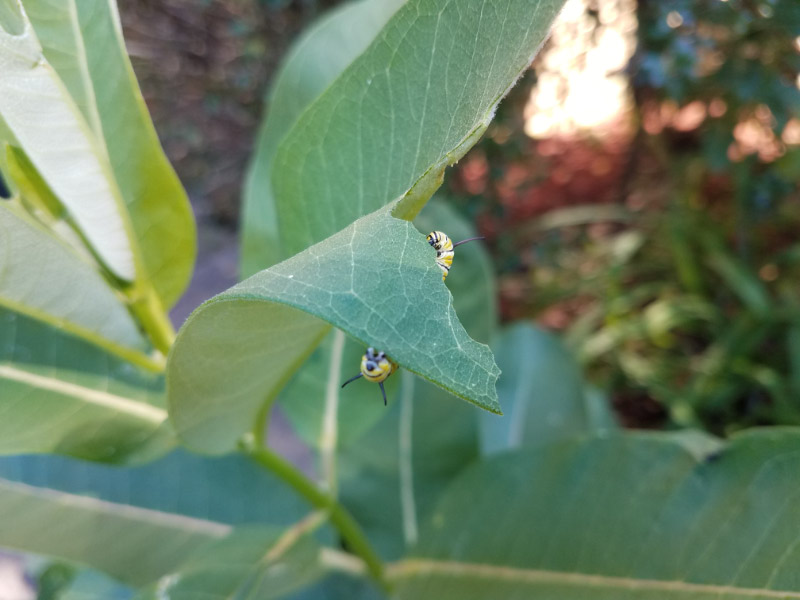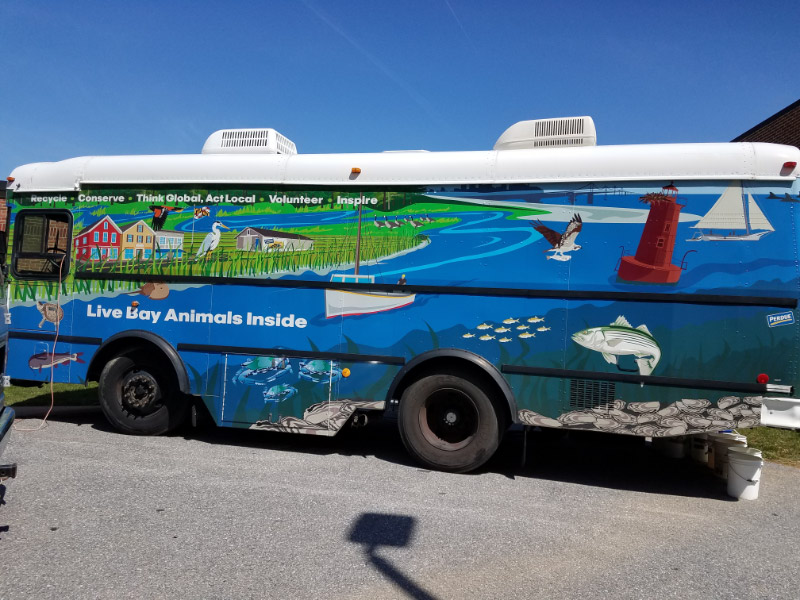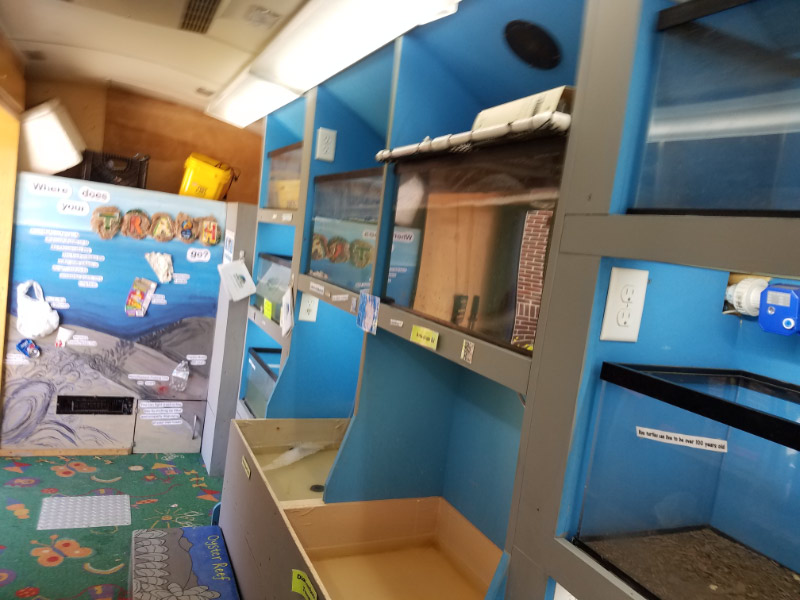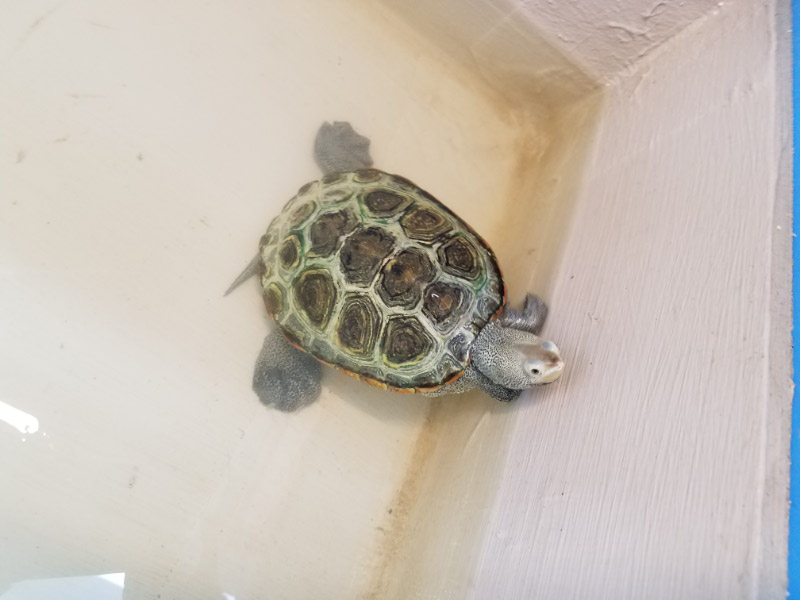Fishmobile – Take 2
/My first experience with the Fishmobile was back in April at an elementary school in Carroll County (posted about it here). I got an email just after I returned from Texas asking if I could help with the Fishmobile’s visit to a nature center near where I life for a weekend event. I still had committed to anything else so I accepted. The day started out well when I checked the milkweed in my front flower bed and found a good-sized Monarch caterpillar!
The day was not too hot and my ‘shift’ was from 10-12 when the temperature was in the mid-70s. Most of the animals that were there for the school were in the tanks again: horseshoe crabs, Larry the diamond backed terrapin, a blue crab, and a box turtle.
The American eel was silvery and was more active this time. The only thing I missed from last time were sea horses but there were some preserved ones to talk about with the families that came through. In the two hours I was there, almost 200 people came through. Some of the children came through the exhibit several times (after they built up their courage to experience the two touch tanks).
During one lull I stepped off the Fishmobile bus and photographed some bees on the plants just outside. The bees were very active and focused on the flowers…not flying amongst the people coming to the Fishmobile.
After my shift was over, I walked over to the compost demo and filled out the form to get a free compost bin. After the tour yesterday and further education today, I am going to do my own compost. My plan it to put the bin back near the forest and start it off with some shredded paper and veggie/fruit scraps from the kitchen. This time of year taking the watermelon rinds to the compost bin will be a lot easier than lugging them to the curb in a trash bag that might leak! Stay tuned for posts about my compost adventure.






































